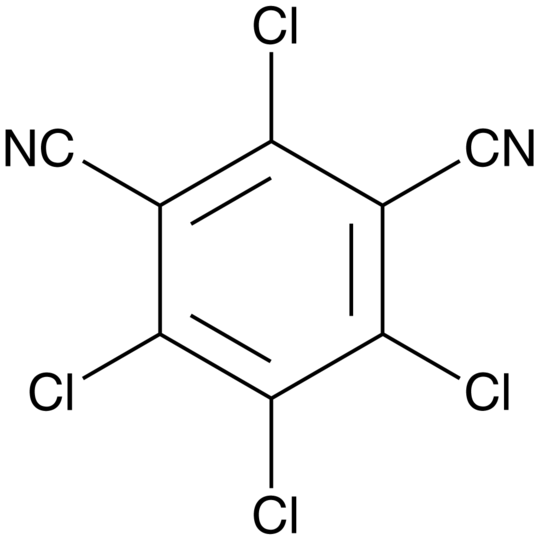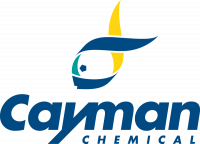Cookie preferences
This website uses cookies, which are necessary for the technical operation of the website and are always set. Other cookies, which increase the comfort when using this website, are used for direct advertising or to facilitate interaction with other websites and social networks, are only set with your consent.
Configuration
Technically required
These cookies are necessary for the basic functions of the shop.
"Allow all cookies" cookie
"Decline all cookies" cookie
CSRF token
Cookie preferences
Currency change
Customer-specific caching
FACT-Finder tracking
Individual prices
Selected shop
Session
Comfort functions
These cookies are used to make the shopping experience even more appealing, for example for the recognition of the visitor.
Note
Show the facebook fanpage in the right blod sidebar
Statistics & Tracking
Affiliate program
Conversion and usertracking via Google Tag Manager
Track device being used

| Item number | Size | Datasheet | Manual | SDS | Delivery time | Quantity | Price |
|---|---|---|---|---|---|---|---|
| Cay24142-100 | 100 mg | - |
6 - 10 business days* |
52.00€
|
If you have any questions, please use our Contact Form.
You can also order by e-mail: info@biomol.com
Larger quantity required? Request bulk
You can also order by e-mail: info@biomol.com
Larger quantity required? Request bulk
Chlorothalonil is a broad-spectrum organochlorine fungicide that forms adducts with glutathione... more
Product information "Chlorothalonil"
Chlorothalonil is a broad-spectrum organochlorine fungicide that forms adducts with glutathione (GST, Cay-10007461) and cysteine residues on enzymes leading to GST depletion and enzyme deactivation, respectively. In vitro, it inhibits the growth of C. albicans and C. orbiculare fungi, S. aureus and B. cereus Gram-positive bacteria, and E. coli and P. aeruginosa Gram-negative bacteria (MICs = 0.7, 5, 1.3, 0.7, 0.5, and 1.7 µg/ml, respectively). In vivo, chlorothalonil (100 µg/ml) completely inhibits the growth of P. infestans, the tomato late blight pathogen, on tomato plants. It is toxic to aquatic organisms, including species of fish, crustaceans, molluscs, and algae with tenth percentile of toxicity values of 25.23, 40.59, 0.69, and 3.94 µg/L, respectively, as well as to other aquatic invertebrates. Chlorothalonil is carcinogenic in animal models and induces neoplasms in the forestomach and kidneys of rats when administered at a dose of 3.8 mg/kg per day, but it is not genotoxic. Formulations containing chlorothalonil have been used as fungicides in agriculture.Formal Name: 2,4,5,6-tetrachloro-1,3-benzenedicarbonitrile. CAS Number: 1897-45-6. Synonyms: 2,4,5,6-Tetrachloroisophthalonitrile. Molecular Formula: C8Cl4N2. Formula Weight: 265.9. Purity: >98%. Formulation: (Request formulation change), A solid. Solubility: DMSO: Slightly Soluble, Methanol: Slightly Soluble. SMILES: ClC1=C(C#N)C(Cl)=C(Cl)C(Cl)=C1C#N. InChi Code: InChI=1S/C8Cl4N2/c9-5-3(1-13)6(10)8(12)7(11)4(5)2-14. InChi Key: CRQQGFGUEAVUIL-UHFFFAOYSA-N.
| Keywords: | 2,4,5,6-Tetrachloroisophthalonitrile, 2,4,5,6-tetrachloro-1,3-benzenedicarbonitrile |
| Supplier: | Cayman Chemical |
| Supplier-Nr: | 24142 |
Properties
| Application: | Broad-spectrum organochlorine fungicide, GST depletion, carcinogenic |
| MW: | 265.9 D |
| Formula: | C8Cl4N2 |
| Purity: | >98% |
| Format: | Solid |
Database Information
| CAS : | 1897-45-6| Matching products |
Handling & Safety
| Storage: | -20°C |
| Shipping: | +20°C (International: -20°C) |
| Signal Word: | Danger |
| GHS Hazard Pictograms: |
|
| H Phrases: | H317, H318, H330, H335, H351, H400, H410 |
| P Phrases: | P201, P202, P260, P261, P271, P272, P273, P280, P284, P310, P312, P320, P321, P391, P302+P352, P304+P340, P305+P351+P338, P308+P313, P333+P313, P362+P364, P405, P403+P233, P501 |
Caution
Our products are for laboratory research use only: Not for administration to humans!
Our products are for laboratory research use only: Not for administration to humans!
Information about the product reference will follow.
more
You will get a certificate here
Viewed

